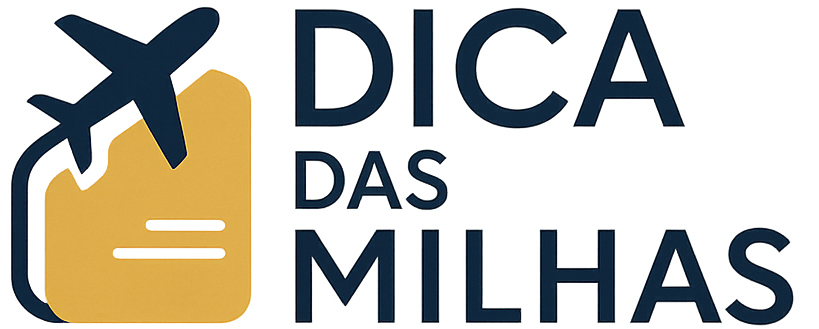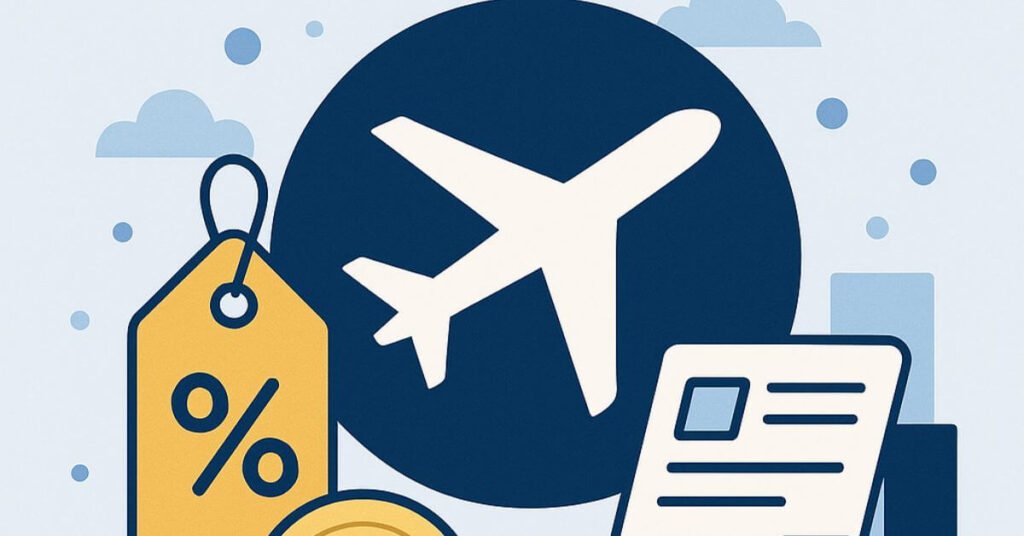Dynamic award pricing has become the new normal in airline loyalty programs. While it promises greater flexibility and real-time availability, many travelers are discovering that their hard-earned miles don’t go as far as they used to. This shift has fundamentally changed how we value miles and how we plan travel.
In this article, we’ll explore why dynamic award pricing affects the value of your miles, how it works, which programs use it, and what strategies you can use to make the most of your rewards in this new environment.
What Is Dynamic Award Pricing?
Dynamic award pricing is a redemption model in which the number of miles required for a flight varies based on demand, cash price, date, route, and other factors.
This is different from the traditional model, which used fixed award charts. In those charts, a one-way flight from New York to London in economy always cost 30,000 miles, regardless of when you booked.
With dynamic pricing, that same flight could now cost:
- 20,000 miles on a low-demand day
- 60,000 miles during the holidays
- 90,000+ miles during peak travel periods
Instead of being predictable, award pricing has become fluid, changing as quickly as cash fares.
Why Airlines Switched to Dynamic Pricing
Airlines moved to dynamic pricing to increase revenue control and to better align award costs with cash ticket values.
Key reasons include:
- Maximizing profit by charging more when demand is high
- Reducing breakage (unused miles) by offering more redemption options
- Encouraging early bookings to secure better pricing
- Eliminating low-value redemptions that favored savvy travelers
From the airline’s perspective, this system is more flexible and sustainable. For the traveler, it often means more miles required for the same flight — especially in premium cabins or during high season.
Which Programs Use Dynamic Award Pricing?
Many major loyalty programs now use dynamic pricing either fully or partially:
- Delta SkyMiles: Fully dynamic
- United MileagePlus: Mostly dynamic, but with some price bands
- American AAdvantage: Hybrid model with Web Specials
- LATAM Pass: Dynamic pricing
- Smiles (GOL): Dynamic and promotional pricing
- Lufthansa Miles & More: Increasingly dynamic
- Air France/KLM Flying Blue: Variable pricing, but still offers some predictability
On the other hand, some programs still offer fixed award charts or semi-fixed pricing:
- Avianca LifeMiles
- All Nippon Airways (ANA)
- Alaska Mileage Plan
- British Airways Avios (distance-based pricing)
Understanding your program’s pricing model is key to determining how and when to redeem your miles effectively.
How Dynamic Pricing Impacts the Value of Your Miles
Dynamic pricing affects the value per mile you get when redeeming. Here’s why:
Unpredictable Value
You can no longer estimate how much a mile is worth in advance. The same flight could require a wildly different amount of miles depending on when you search.
Example:
- A $400 domestic flight might cost 25,000 miles today
- Tomorrow it may cost 40,000 miles for the same route and class
This creates uncertainty, making it harder to plan and save toward a specific goal.
Lower Value in High-Demand Seasons
During peak travel times (holidays, school vacations, weekends), airlines raise mileage requirements dramatically.
Example:
- Miami to New York
- Cash fare: $350
- Award fare: 42,000 miles + $5.60
Value per mile: (350 – 5.60) ÷ 42,000 = $0.0082 or 0.82 cents per mile
That’s below average. In many cases, you’d be better off paying cash or using a flexible point program.
Premium Cabins Are Less Accessible
In fixed award systems, premium cabins often offered exceptional value.
Example:
- Old chart: 70,000 miles for business class New York to Paris
- With dynamic pricing: 160,000+ miles for the same route, same day
This significantly reduces the “aspirational value” of loyalty programs, where travelers used to book $4,000+ seats for a fraction of the cost.
Flash Sales and Low-Demand Opportunities Still Exist
On the flip side, dynamic pricing can create opportunities during off-peak periods.
Airlines may drop award prices:
- On less popular routes
- For last-minute inventory
- During flash promotions
Example:
- Delta offers domestic flights for 5,000 SkyMiles
- Smiles runs a weekend promo with flights for 2,500 miles one-way
If you’re flexible, you can still find great deals.
How to Adapt Your Strategy to Dynamic Pricing
Even if you can’t predict award prices anymore, you can still extract solid value with the right approach.
Be Flexible with Dates and Routes
The more flexible you are, the more likely you are to find low-mileage redemptions. Try:
- Flying midweek instead of weekends
- Searching multiple nearby airports
- Booking well in advance or very last-minute
Flexibility is your best tool in a dynamic system.
Use Award Search Tools and Alerts
Tools like Point.me, Seats.aero, and ExpertFlyer help you monitor and compare dynamic award pricing across multiple programs.
Set alerts for specific routes to get notified when award prices drop.
Leverage Transfer Bonuses
If your credit card points transfer to airline programs, look for limited-time bonuses.
Example:
- Amex offers 25% transfer bonus to Flying Blue
- 40,000 Amex points = 50,000 miles
- That can offset dynamic price increases
Timing transfers with promotions boosts your effective value per point.
Combine Points and Cash
Some airlines let you pay with Miles + Cash, letting you:
- Use part of your miles
- Pay the rest with money
- Avoid using a huge number of miles when redemption prices are high
It’s not always ideal but can be helpful in certain situations.
Redeem for Lower-Cost Redemptions During Sales
Instead of saving for a big international trip, you might get better value from:
- Domestic redemptions during off-peak times
- One-way short-haul flights
- Seasonal promos from Smiles or LATAM Pass
Look for redemptions where the cash fare is high but the mileage requirement stays low.
Real-Life Example: Value Shift Due to Dynamic Pricing
Let’s compare two scenarios on the same route: São Paulo to Madrid in economy.
Old fixed award chart (Iberia/Avios):
- 34,000 miles + $80 in taxes
- Cash fare: $750
- Value: (750 – 80) ÷ 34,000 = $0.0197 (1.97 cents/mile)
Dynamic pricing (LATAM Pass):
- 68,000 miles + $120 in taxes
- Cash fare: $750
- Value: (750 – 120) ÷ 68,000 = $0.0092 (0.92 cents/mile)
Same destination, but your value per mile is cut in half due to pricing variation.
Is Dynamic Pricing Always a Bad Thing?
Not necessarily. Dynamic pricing:
- Can make more seats available for miles
- Helps airlines reduce empty seats
- Allows for more realistic cost alignment
- Creates deals for flexible travelers
The key is knowing how to navigate it and adjusting expectations about what your miles are worth.
Tips to Maximize Value in a Dynamic World
- Track redemption values and compare with cash fares
- Always do the math: cash fare minus taxes ÷ miles = value
- Don’t rush to redeem if value per mile is too low
- Save miles for off-peak or flash-sale opportunities
- Use flexible points for redemptions when airline prices are inflated
- Plan in advance, but check last-minute for drop-offs in award prices
Final Thoughts: Your Miles Still Have Value — Use Them Strategically
Dynamic award pricing has changed the game, but it hasn’t made miles worthless. It just means you need to be smarter, more strategic, and more flexible.
Understanding why dynamic award pricing affects the value of your miles helps you make better redemption choices, avoid poor-value redemptions, and preserve your rewards for when they’ll deliver the most benefit.
Stay informed, watch for opportunities, and treat your miles like a fluctuating currency — one that can still unlock extraordinary travel experiences when used wisely.
Elaine A. da Silva is a Brazilian travel and finance enthusiast, best known as the creator of the blog Dica das Milhas. With a strong background in personal finance and a passion for exploring smart travel strategies, she specializes in simplifying the world of airline miles and travel rewards for everyday people. Through her blog, Elaine shares practical tips, insider knowledge, and step-by-step guides to help readers save money and travel more efficiently using loyalty programs and credit card points.







